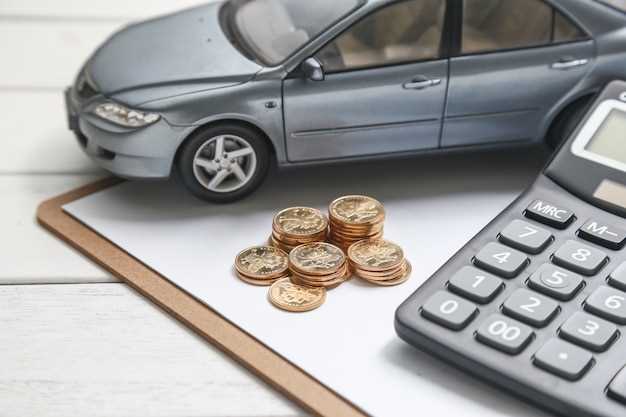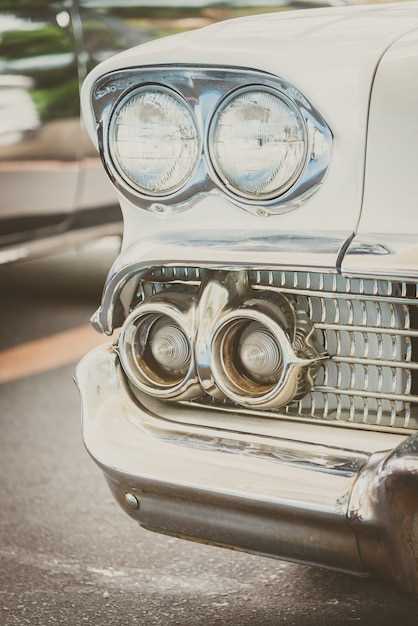
In the dynamic world of auctions, particularly within the niche of vintage cars, the concept of a reserve price plays a pivotal role in determining the final sale outcome. A reserve price is the minimum price that a seller is willing to accept for a vehicle. If bidding does not reach this threshold, the car remains unsold, creating a delicate balance between seller expectations and buyer willingness.
Understanding the terms associated with reserve prices is crucial for both buyers and sellers. For sellers, setting an appropriate reserve price requires a keen awareness of the market value and the unique characteristics of their vintage car. Conversely, buyers should familiarize themselves with these terms to both gauge their bidding strategies and understand the potential limitations of their offers. This knowledge can significantly impact their overall auction experience.
Ultimately, grasping the intricacies of reserve prices enhances the auction process for all parties involved. By navigating these critical terms effectively, participants can ensure a more transparent and satisfying auction experience, whether they are vying for a rare classic or looking to capitalize on a prized possession from their collection.
Defining Reserve Prices and Their Role in Auctions

Reserve prices are crucial elements in the auction process, particularly in the context of vintage car auctions. A reserve price is the minimum price that a seller is willing to accept for an item. If bidding does not reach this predetermined threshold, the item remains unsold. This price is set to protect the seller from accepting offers that are significantly lower than their expectations.
The terms of a reserve price are typically outlined before the auction begins, ensuring that both sellers and bidders understand the expectations surrounding the sale. By establishing a reserve price, sellers can gauge interest in their vintage cars while maintaining control over the sale outcome. This strategy is particularly beneficial in a fluctuating market where the value of collectible cars can vary greatly based on demand and condition.
In auctions, reserve prices act as a safety net for sellers, providing assurance that they will not part with their investment for less than its worth. For bidders, the presence of a reserve price adds an additional layer of consideration during the auction process. Understanding the reserve price enables bidders to make more informed decisions, as they can assess their maximum bidding limits based on the seller’s terms.
Ultimately, reserve prices play a pivotal role in shaping the dynamics of vintage car auctions. They influence bidding behavior, protect seller interests, and help maintain the integrity of the auction process by ensuring that items are sold at prices that reflect their true value.
Strategies for Sellers: Setting the Right Reserve Price
Determining the appropriate reserve price is a crucial aspect of the auction process for vintage car sellers. A well-calibrated reserve price can ensure that the seller achieves a satisfactory outcome while still attracting potential bidders. One effective strategy is to conduct thorough market research. Understanding the current market trends and recent sales of similar vintage cars can help sellers gauge a competitive reserve price.
Another essential tactic involves assessing the unique features of the car being auctioned. Factors such as rarity, condition, and historical significance can influence the vehicle’s overall value. By accurately evaluating these elements, sellers can set a reserve price that reflects the car’s worth while remaining appealing to bidders.
Additionally, sellers should consider the auction platform’s reputation and audience. A well-known auction house may draw more interest, allowing for a higher reserve price. Conversely, a lesser-known platform may necessitate a more conservative approach. Engaging with prior auction results and bidder feedback can provide insights into how different reserve prices have performed in similar contexts.
Lastly, it is crucial for sellers to remain flexible with their reserve price, especially as the auction date approaches. If initial interest appears low, adjusting the reserve price could enhance competitiveness and generate more bidding activity. Ultimately, a strategic approach to setting the reserve price can significantly impact the success of a vintage car auction.
Buyers’ Perspectives: What Reserve Prices Mean for Bidding

In vintage car auctions, understanding reserve prices is crucial for buyers as these terms significantly influence the bidding process. A reserve price is the minimum amount a seller is willing to accept for a vehicle, serving as a protective measure against undervaluation during the auction. When buyers recognize that a reserve price is set, they can strategize their bids accordingly, ensuring that they do not waste time or resources on vehicles that are unlikely to meet the seller’s expectations.
For bidders, it’s essential to assess how reserve prices affect their bidding behavior. If a potential buyer is aware of the reserve, they can gauge how aggressively to bid based on their valuation of the car. This understanding can lead to a more calculated approach, allowing buyers to remain within their budget while attempting to secure the desired vehicle.
An important aspect of reserve prices is transparency. When sellers disclose these prices upfront, it builds trust and encourages competitive bidding. Buyers benefit from clear terms, as it signals that the seller is serious about the auction process. Conversely, hidden reserve prices can frustrate bidders, resulting in a less engaging and potentially unproductive auction experience.
Ultimately, reserve prices play a pivotal role in shaping buyer strategies and auction dynamics. A clear grasp of how these prices function allows buyers to make informed decisions, improving their likelihood of successfully acquiring vintage cars that align with their expectations and financial terms.

